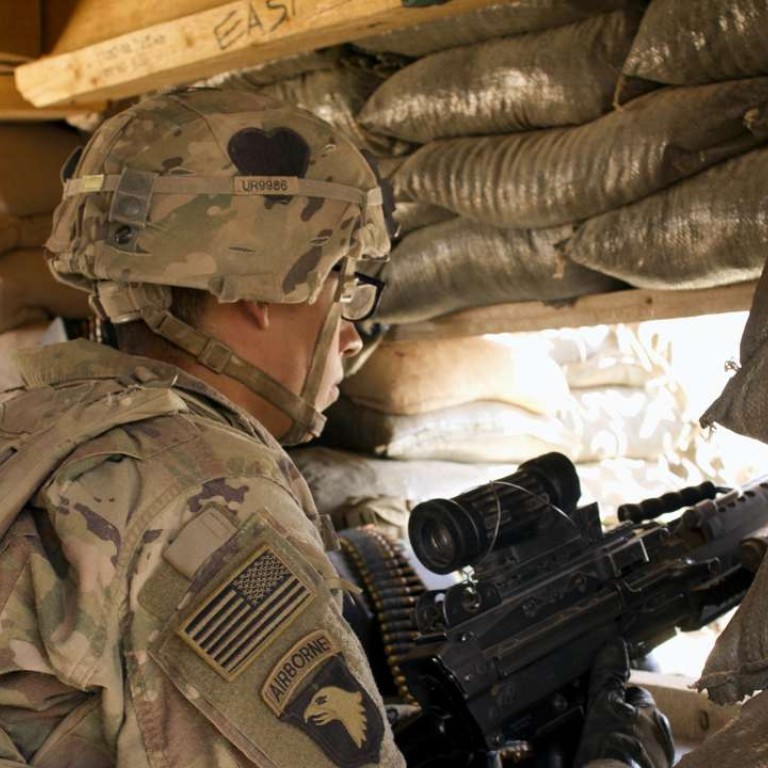
US forces coiled for assault on Mosul, crown jewel in battle against Islamic State
Thirteen years ago, Chase Snow’s father was among the American troops who moved into the Iraqi city of Mosul during the US-led invasion that toppled Saddam Hussein. Now Snow, a US Army specialist, is deployed in Iraq to help in the fight to retake the city from the Islamic State group.
The assault on Mosul, Iraq’s second largest city, is bringing American forces into their most significant role in Iraq in years, in terms of numbers and presence on the front lines.
The lead-up to the assault has already brought some US forces into combat with the militants. Special forces carry out raids alongside Iraqi troops inside IS-held territory around Mosul. And now as Iraqi forces prepare for the operation to retake the city, those raids have increased in frequency, according to a coalition official, who spoke on condition of anonymity as he was not authorised to brief the media.
The US has also sent Apache helicopters to aid in the Mosul fight, according to the Pentagon, a step that was not taken when Iraqi forces retook the western cities of Ramadi and Fallujah.
The number of US troops in Iraq has steadily grown over the past two years to now nearly 6,000 service members, up from almost none following the 2011 withdrawal from Iraq. The latest group, numbering nearly 600, began to deploy in September to Qayara air base, the facility 50km south of Mosul that is to be the main staging ground for the assault on the city. Trucks have been rolling in the base for weeks with supplies and equipment, preparing it so coalition warplanes will be able to operate there.
“You’ve got to look at Mosul as the crown jewel right now,” said Major General Gary Volesky, the head of US ground forces in Iraq, regarding the build-up of forces. The deployments have “all been targeted to assist in the Mosul attack.”


“I know my father never thought I would be coming to Iraq,” Snow said.
US presence at bases closer to Mosul in the lead up to operation is “essential” to the advise-and-assist mission, said US Army Colonel Brett Sylvia, the commanding officer at Camp Swift, a small coalition base outside Makhmour, some 73km southeast of Mosul.
“If you’re not there, then you don’t have a voice,” Sylvia said, standing in front of the bank of televisions and desktop monitors that he says constitutes the forward edge of the battle for his men.


US troop levels in Iraq peaked at 157,800 during the 2008 surge under then-President George W. Bush, according to the Pentagon. More than 140,000 US troops were in Iraq when President Barack Obama took office in 2009. Obama drew down the forces until the complete withdrawal of late 2011 removed all combat troops from the country, leaving behind only a few hundred US trainers, mainly civilians, to assist Iraqi security forces.
US forces began returning after the Islamic State group overran Mosul in the summer of 2014 and blitzed across much of northern, central and western Iraq, joining it to territory it holds in Syria.

